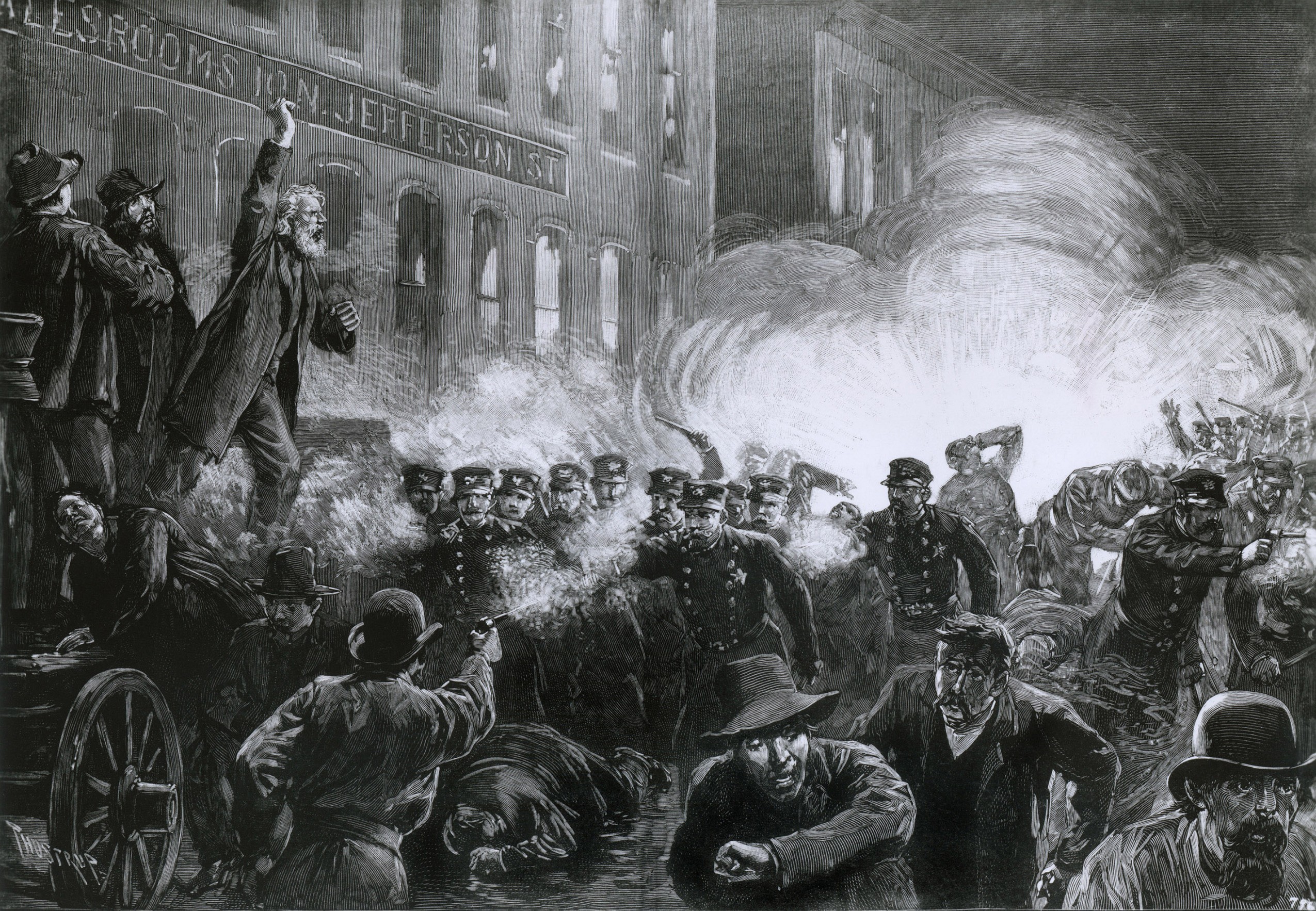Teachers unions want to mandate labor history as part of curriculum in schools. Their goal is to improve the public’s perception of unions by showing the positive contributions that unions made to American workplaces at a time when labor conditions were less favorable. When most people think of unions in the 1800s and early 1900s, they likely think of how bad things were for workers. They think of unsafe factories, long hours, and child labor. Against such harsh working conditions, unions seem like a welcome force for good, and unions often emphasize these noble beginnings. They remind us that unions fought for improved wages and safer, cleaner workplaces. However, this does not represent the whole story – or “honest history” as American Federation of Teachers President Randi Weingarten likes to say.
When Karl Marx released The Communist Manifesto in 1848, and Das Kapital in 1864, the early labor movement experienced a seismic shift. Previously, leading socialist thinkers did not like unions and thus organized labor had little to do with socialism. This changed with Marx, who believed that unions were an essential tool in class struggle.
The first international efforts at organizing workers were established by Marx himself. Marx led the International Working Men’s Association (IWA), which was a coalition founded by union leaders in 1864, aimed at uniting various leftist groups, including socialists, communists, and anarchists, to join in the common goal of defeating capitalism.
In 1872, the IWA focused its efforts on the United States, moving its headquarters to New York City. After it disbanded in 1876, the Workingmen’s Party of the United States (WPUS) was founded in its place. The WPUS organized railroad workers in the Great Railroad Strike of 1877, which started in West Virginia and spread across several states, leading to deadly riots. Over one hundred people were killed as a result, and in Philadelphia, rioters burned down 39 buildings and dozens of trains, as well as over 1,200 freight cars.
Unionization continued along Marxist lines, as did the violence. In 1886, after a confrontation between striking employees, strikebreakers, and police, a group of labor radicals (including anarchists and communists) held a rally in Chicago, now referred to as the Haymarket Riot. When one of the speakers at the rally shouted “Exterminate the capitalists!” police intervened, and things became violent. One rioter threw a stick of dynamite at police and shooting broke out; seven police officers and at least one civilian died.
The relationship between unions, rioting, and violence continued into the 1900s. In 1905, the American Labor Union, Socialist Party, and Socialist Labor Party together formed the Industrial Workers of the World (IWW), a radical international union that called for all workers to unite under “One Big Union” and overthrow capitalism. In 1909, IWW organized rail workers for Pittsburgh’s second deadliest strike (the first being the 1877 Great Railroad Strike), where between 12 and 26 people were killed, including a deputy sheriff. In 1916, IWW members were involved in a massacre in Everett, Washington, now called “Bloody Sunday,” where two deputies were killed, and 50 people were wounded.
In 1918, less than a year after communists overthrew the Russian government in the bloody October Revolution, IWW members were convicted for sedition in Chicago, and a bomb went off in the old Federal Building , killing four people—reportedly a young Walt Disney was almost killed in the bombing. Police believed that the union was responsible, though it denied involvement.
Violent communist agitation was a large part of early unionization in America, but union officials don’t claim ignorance of unions’ historical ties to communism. In 2011, Andy Stern, former president of the Services Employees International Union (SEIU), admitted that unions have Marxist roots. “In the ’30s,” he said, “people didn’t want us to exist. We had to do sit-down strikes . . . we had socialist and communist tendencies. We grew up, to speak in Marxist terms, in a world with a lot more class struggle.” Modern Marxists, for their part, feel a similar warmth towards unions—they say that unions are useful to their goals, but not radical enough.
As Weingarten noted in a recent interview, “80% of parents, most parents, want teachers to teach honest history.” That’s exactly what should be taught—honest history. Kids should know about the historical accomplishments of organized labor, and how employees came together to improve their workplaces. They should also know that unionization in America was driven by revolutionary Marxist organizations, and that unions often instigated and participated in rioting and violence.
